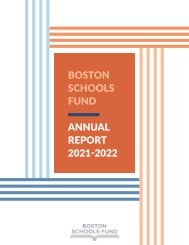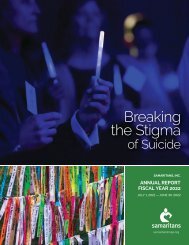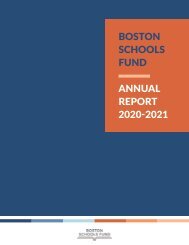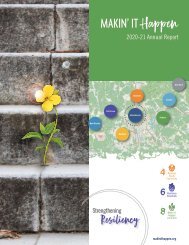HSA 65th Anniversary Book
• To provide an organization with facilities and some capital through which students of the university could be encouraged to develop and to manage small businesses that might provide funds that could be applied to the cost of their education. • To afford needy students of the university the opportunity to earn substantial amounts of money for brief periods of work through the exercise of energy and ingenuity. • To encourage students to explore the business community as a potential career choice. • To enable students to gain valuable experience and to develop a sense of the excitement and responsibility involved in the management of small enterprises.
• To provide an organization with facilities and some capital through which students of the university could be encouraged to develop and to manage small businesses that might provide funds that could be applied to the cost of their education.
• To afford needy students of the university the opportunity to earn substantial amounts of money for brief periods
of work through the exercise of energy and ingenuity.
• To encourage students to explore the business community as a potential career choice.
• To enable students to gain valuable experience and to develop a sense of the excitement and responsibility involved in the management of small enterprises.
You also want an ePaper? Increase the reach of your titles
YUMPU automatically turns print PDFs into web optimized ePapers that Google loves.
The Thayer years
On paper, not much changed during HSA’s years in the basement of Thayer Hall. Over 14
years, only four new businesses were begun that did not directly evolve from existing agencies.
Instead, HSA honed its 10 or so core agencies to managerial perfection. With the addition of
the management retreat, the annual schedule of events that had emerged during the 1970s was
honed to precise regularity.
The face of HSA did, however, change during this period — literally. Lynne Liakos ’82, MBA
’86, became the first woman elected HSA President in FY82, Herminio Llevat ’84, MBA ’88,
became the first President of color in FY84, and Vivian Hunt ’89, MBA ’95, became the first
black President in FY89. In addition, five consecutive female Presidents ruled HSA from FY86
through FY90, and Hope Spruance became the first female General Manager.
Throughout the 1980s, there was increased emphasis on the bottom line, and HSA continued
to prosper financially. When Spruance departed in 1990, she left the corporation with a surplus
of $370,000. Spruance exercised considerable control over HSA to achieve this end, however,
inspiring no small amount of internal student dissent. The push for more student power in
FY89 was in many ways a backlash against this increasing professional control. Students also
handled more of the day-to-day tasks of running the business with the appointment of the first
Vice President in FY92.
Nonetheless, revenue increased from $925,000 to $2.9 million between FY80 and FY93, led
primarily by the growth of Publishing. In one of the landmark events of this period, Let’s Go
signed with St. Martin’s Press in FY82, and Publishing spawned a new ad-sales agency that
filled the guides with glossy adverts. Readership soared from 200,000 in 1983 to 3.5 million
in 1993. Accelerated by the computerization of the editing process, by FY93 the series had
grown from six guides to 17. That year, the Board of Directors voted to create Let’s Go, Inc., a
wholly owned, for-profit subsidiary of HSA, to house its most profitable division. Yet as HSA
prepared to leave its basement home in spring 1993, even more dramatic expansion loomed on
the horizon.
1980-
1993
40
HSA 65th Anniversary History Book 41

















